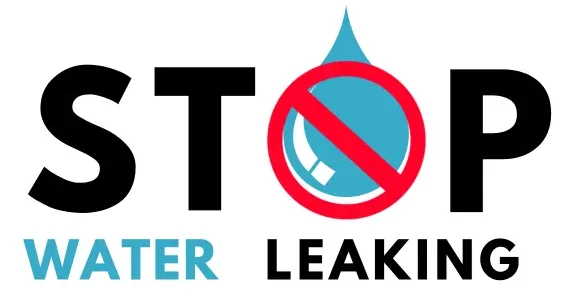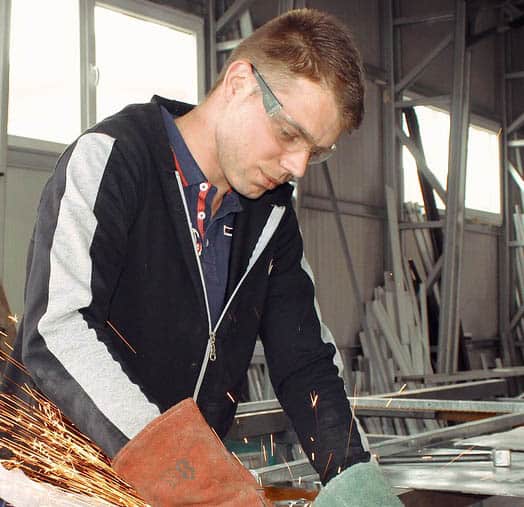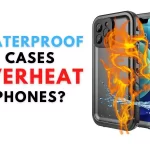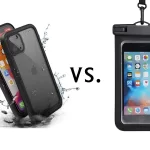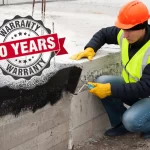DSLR is the most used camera for beginner to professional photographers. Due to the user-friendly and easy handling, this is used in both indoor and outdoor photography. When it uses outdoor, it should withstand water. So is a DSLR camera waterproof? Here is the facts for that.
Generally, most DSLR cameras are not waterproof but weatherproof. By using an external case, a DSLR camera can be used as a waterproof DSLR camera underwater more than 50m depth. Weatherproof DSLR cameras can be used in any angle water splash to the device.
Water is badly affected by any electronic device. Considering the DSLR cameras this is the same. If you buy a DSLR camera for outdoor usage, you should know whether it is waterproof or weatherproof. Else you will need an external casing. So let’s see how to identify, operate and protect those cameras in detail. so let’s keep reading on!
Is DSLR Camera Waterproof?

When considering the image quality, lens effects, optical zooming, focusing, and color capturing, a DSLR camera is the best solution for underwater photography. But this kind of setup costs more than $2000. That is more expensive. So it is essential to protect this set-up from water and dust.
DSLR stands for the Digital Single-Lens Reflex Camera. It provides the most professional photographs and videos. So beginners to professionals use the DSLR camera without having any major issues. Most of the professional photographers use DSLRs because it can provide high-end results.
We can see many water formations such as liquid, air, ice, etc. Whatever the formation it remains, it can affect electronic devices badly. So it is essential to watertight an electronic device in order to protect it from water.
If you need to a camera with water there are options. So you can use Go-Pro or iPhone, which are highly waterproof devices.
When we move to the cameras, this is a really common factor. A camera is a widely used electronic device. There is many openings and very sensitive electronic parts inside. So it should be protected well from the water.
When we use a DSLR we have to pay attention to the size, power, battery, lens, ISO, and many more. Among them, water tightness is one of the most important factors. Water tightness or waterproofness is one of the most protective ways from water and dust. Normally we have to use a camera in many environmental conditions.
Water droplets and dust can enter the device in any environment. Hence device can be damaged easily. So water and dust are the worst particles for the DSLR camera.
When a lens is wet or dust is spreading, you can see some fungs and screen scratchings on the glass. So every time water and dust affects badly to the DSLR cameras.
In this situation, waterproofing DSLR cameras are very useful. Normally most of the DSLRs are not waterproof or dustproof. Because many have been designed for indoor use. Recently some of manufacturers have manufactured a few waterproof DSLR cameras. So let’s see all in detail about waterproof DSLRs.
Difference Between Weatherproof and Waterproof DSLR Cameras
Normally, DSLR cameras can be used under many environmental conditions such as rain, mud, water splash (waves), humidity, mist, and many more.
All of these facts directly affect the device’s performance and lens performance. Hence it is clear that tight protection is needed for the camera to protect from water. So many strategies have been followed to make the DSLR a waterproof camera. But it has succeeded to a certain extent.
What is a Waterproof Camera?
If the waterproofing rating is more than IP67 can be considered as a waterproof camera. IP67 can immerse up to 1m depth, IP68 can immerse up to 3m depth and IP69 can immerse up to 6m or above depth. The waterproofing rating is the standard waterproofing rating in the world. If the device is waterproof it should follow the IEC test and guidelines.
If the DSLR is not waterproof, it can be used in a waterproof casing. Waterproof casings are specially designed to use a camera of more than 10m in depth. Hence it is the most secure way to protect a DSLR camera underwater.
IP ratings are mostly used in the mobile industry. So this guide will explain all about mobile IP rating.
What is a Weatherproof DSLR Camera?
Weatherproof DSLR cameras should stand against any angle of water splash on the device. If the device gets wet by any angle rain or water splash, its inside mechanism will not be damaged. Weatherproof cameras are made with extremely high-quality foams, rubbers, O rings, etc.
Weatherproof and waterproof are completely different mechanisms. Weatherproof devices can’t be used underwater. But it can use with water. Waterproof DSLR cameras can be used underwater by immersing.
5 Tips to Use a DSLR Camera in Any Environment
1. Don’t change the lens when water or sand can get inside
If you are in sand or rainy environment, do not try to change the lens. When you do this, small dust and water droplets can go inside the camera. As a result, fungs will grow due to wetness and lense can scratch due to dust.
2. Wrap the camera with a waterproof cover in the rain
If you have to stay in the rain, wrap your camera with polythene as water is not leaking inside. You can use a waterproof bag for this kind of situation. It will be $25-$30.
3. Use a waterproof casing for underwater usage
When you are going to use DSLR underwater, you should use an external casing. Because of the less waterproofness, water can leak inside when you dive in-depth. A casing can be used in more than 50m in depth.
4. Do not change batteries when water can go inside
When you need to change the battery, If there is a possibility that water can go inside, do not do it.
5. Do not open the camera to moisture
If your camera is not weatherproof, do not use the camera in high moisture areas. Due to the moisture, fungus can grow up.
6. Use UV filters on your lens
You can protect your lens surface against scratches, dust, and fingerprints using UV filters
7. Use a silicon bag in your storage
The most important thing you should have. If there is a small moisture condition in your camera will cause many problems. So silicon will remove all moisture problems.
Accidently, if your camera drops into the water, you should know how long a camera stay underwater.
What Should You Do If a Camera Falls into Water?
01. Take out from the water
First, you must take out the DSLR from the water. Then you can follow the below steps when you take out notice, whether some parts are broken or any physical damage, before you move to the rest steps.
02. Rinse with drinking water (optional)
If the camera falls into salt or chlorine water, you must rinse it before drying it. After you rinse with drinking water, you should wipe with a clean cloth or towel. This should be done to remove the outer water droplets.
03. Remove all accessories
After you take it out, switch it off if that is not switched off already, and then you should remove the lens, battery, chips, etc. If you keep the battery and chips inside, those will damage easily.
(Make sure there are no water droplets. Sometimes those can leak inside in the next steps)
04. Keep until water comes out
When you remove all parts, then keep them in a dry place until all water comes out. Most will come out, and some droplets will remain on the circuit boards.
05. Wipe with the dry towel
Use a cotton towel to wipe the camera carefully.
06. Do not use any dryer
If you use any dryer will damage the sensors and circuit boards inside due to heating. So never use a dryer for the drying process.
07. Use rice bath
If there is no water, you can immerse the device in the rice. Rice can remove tiny water droplets. You have to keep it for about 2-3 days.
Before you put the device in a rice bath, make sure it is free from dust. Drop the device into dust free rice bath
08. Go for service
If the DSLR is not working properly, you should go for a service center.
After the rice bath, go to the service center. Do not try to power up. It will prevent some parts damage. You should look for a professional technician to power up the DSLR again.
Related Topics
- Are Wireless Chargers Waterproof? – Facts Revealed
- Waterproof Phone Limitations – [Depth, Time, & IP Rating]
- Water Resistance Vs Waterproof Phones – Why Difference!
- Best 07 Tips to Waterproof a Phone – (Shallow and Deep)
